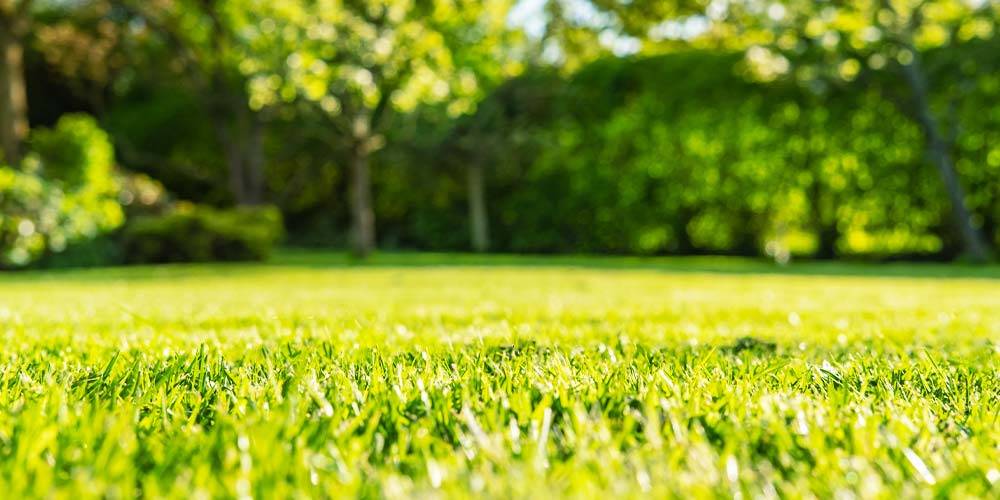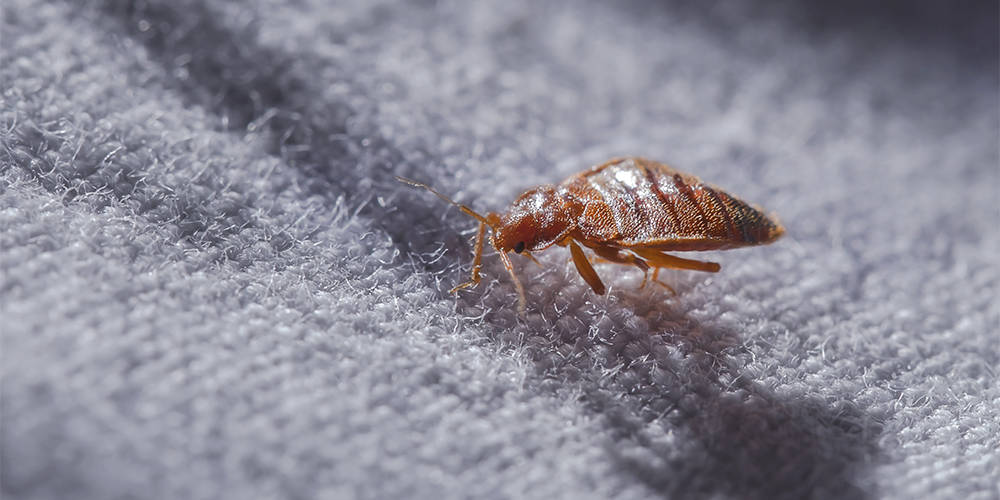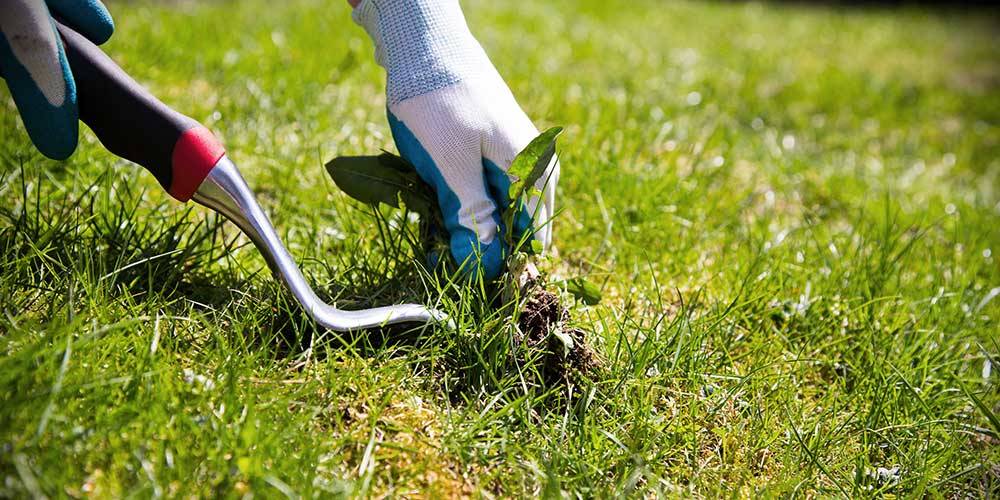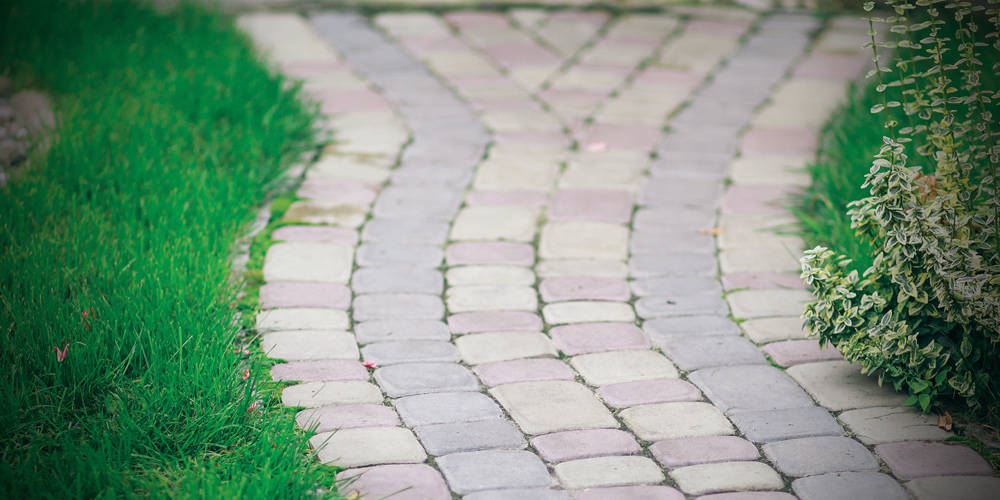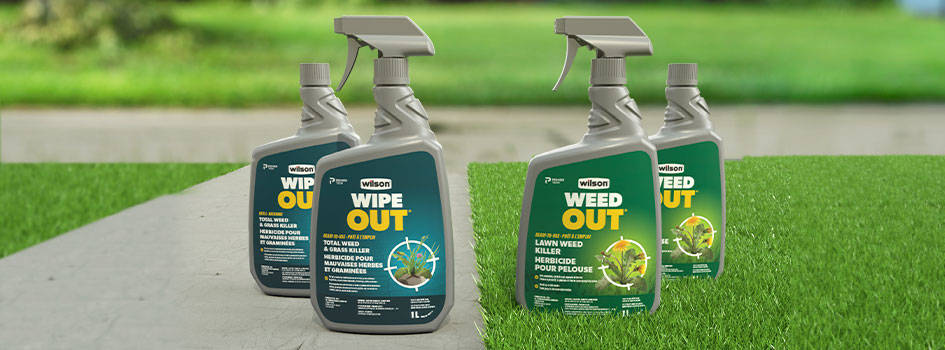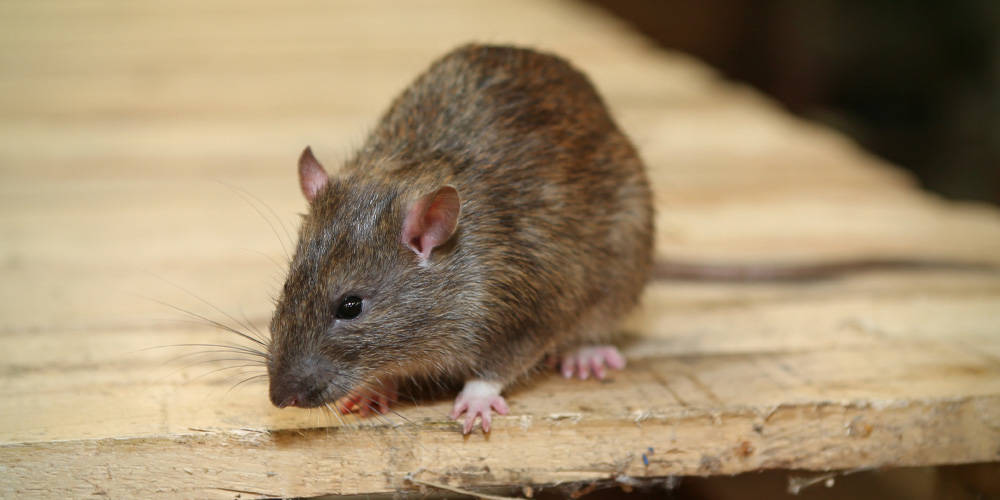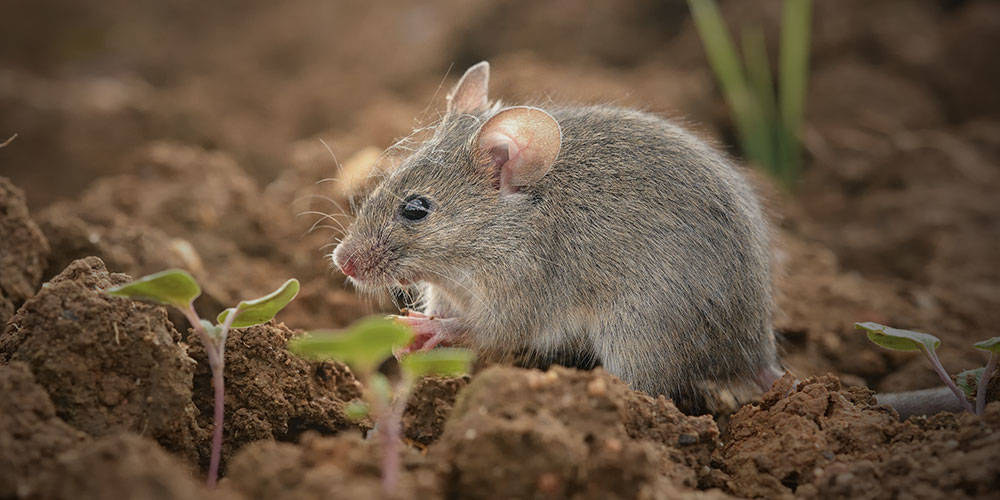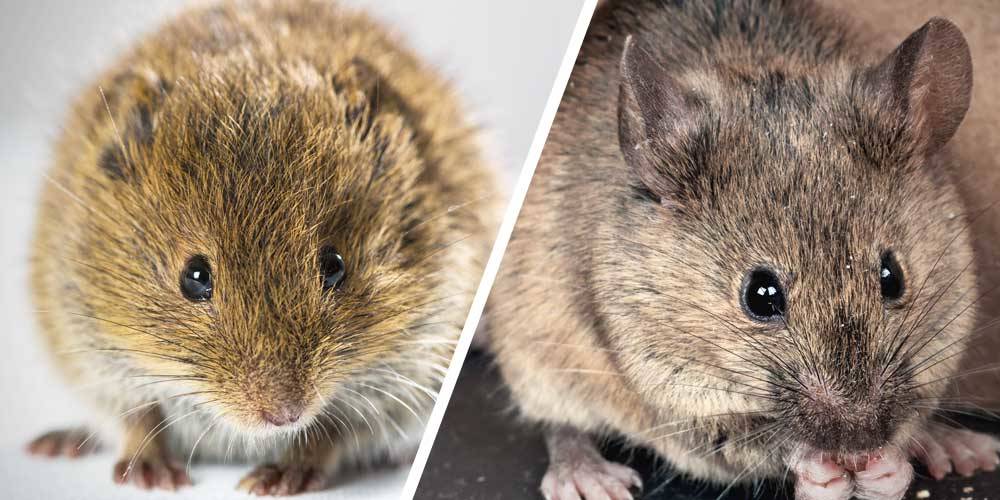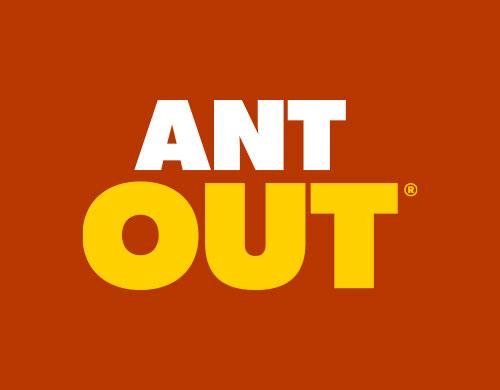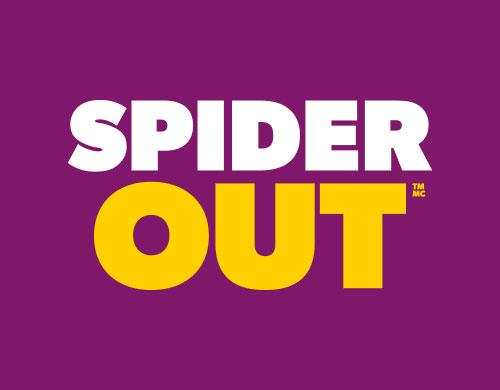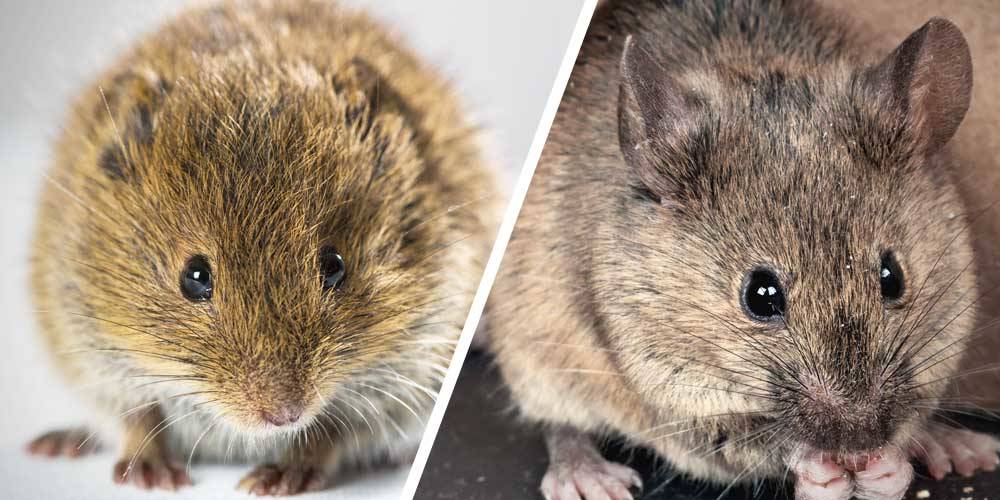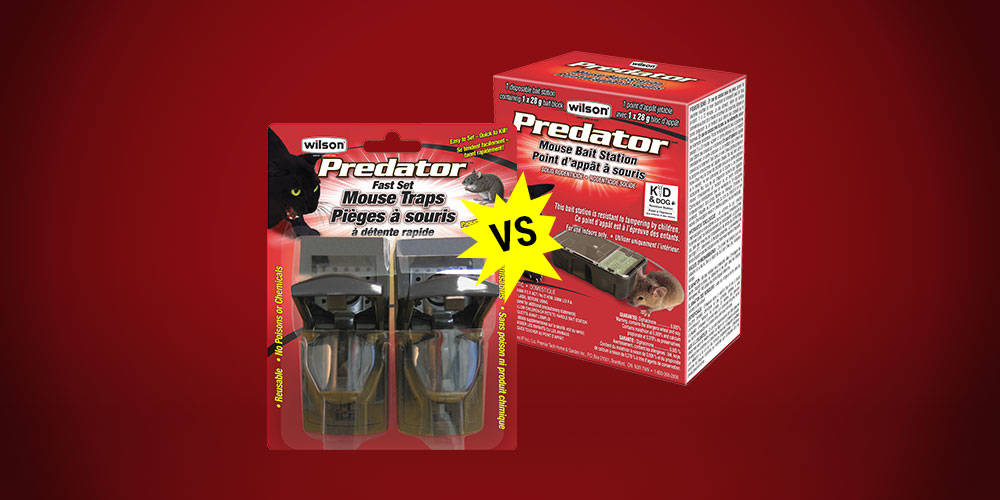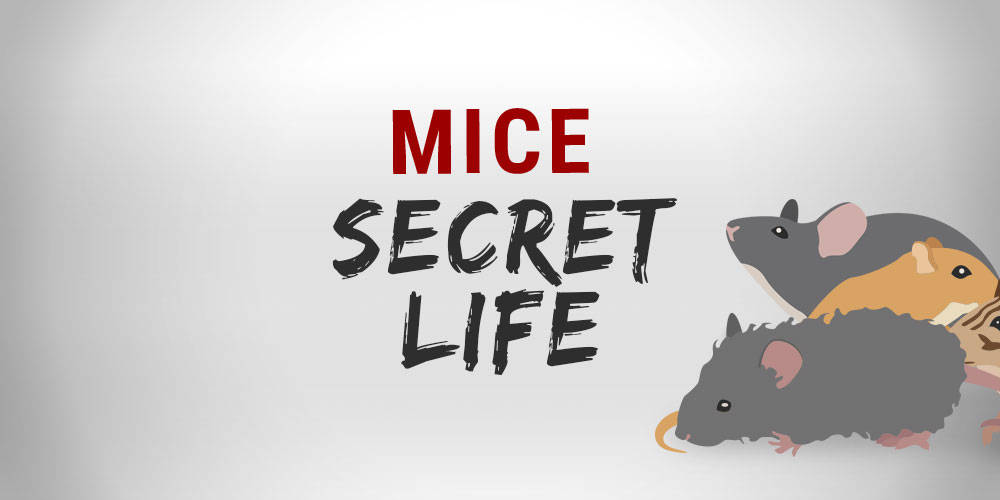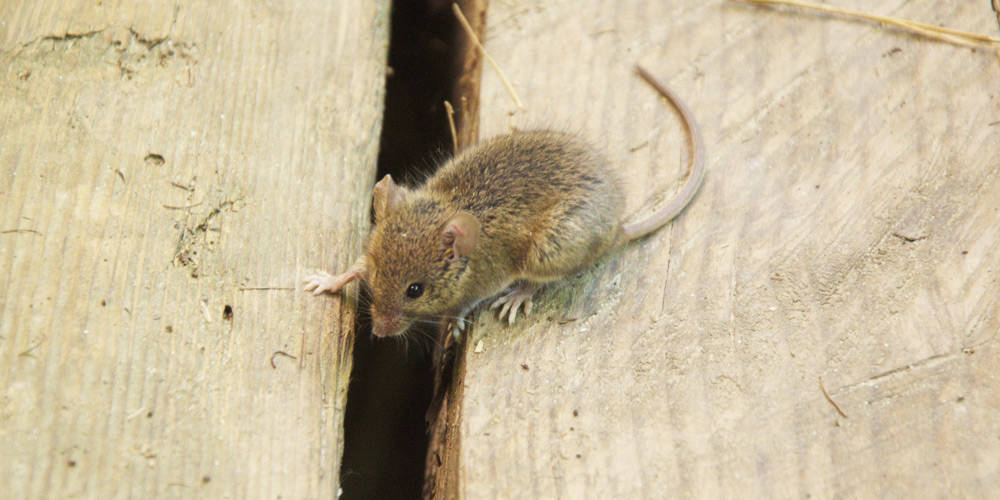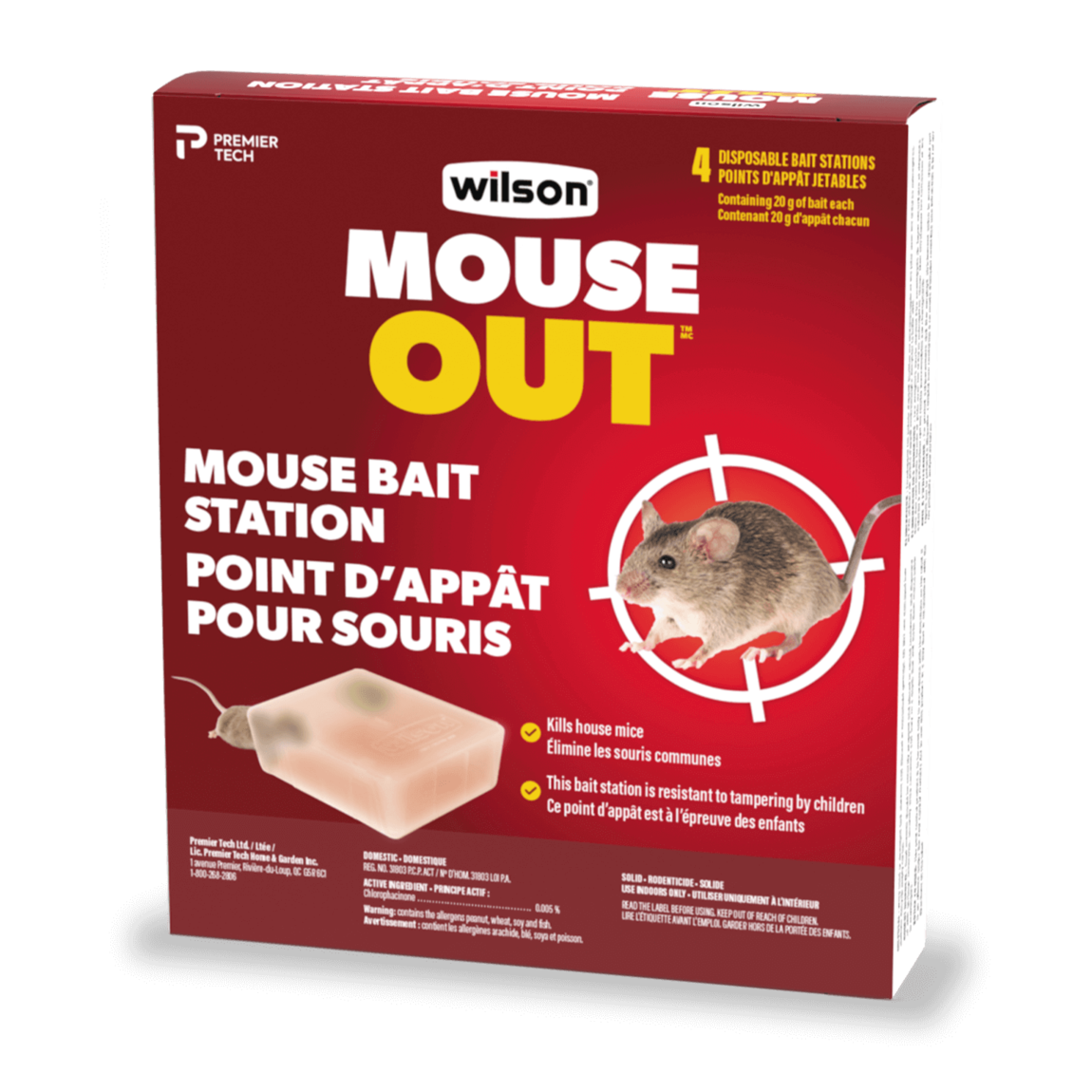

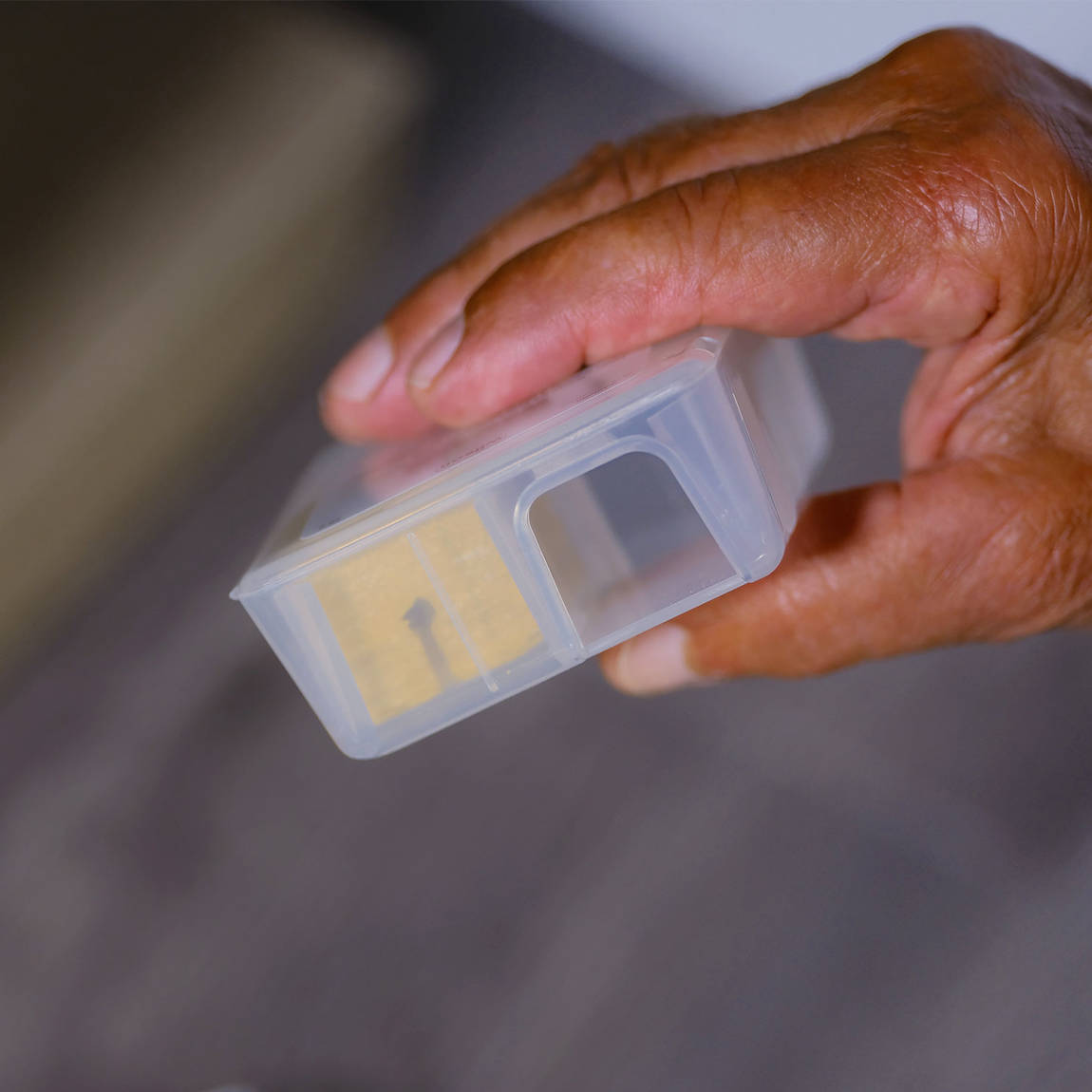

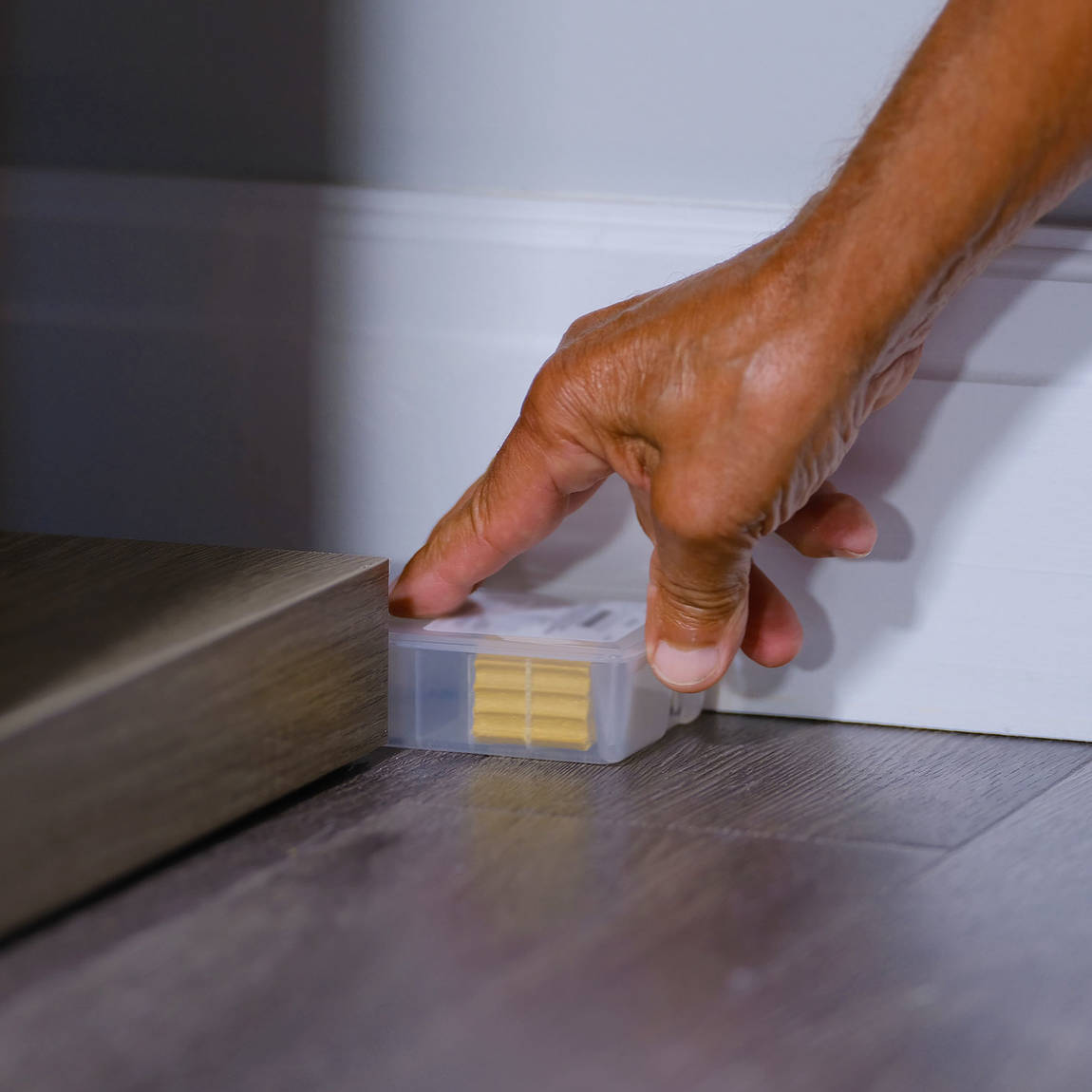

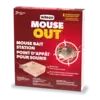
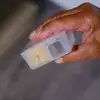
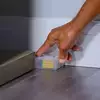
Wilson®MOUSE OUT™
Mouse Bait Station
Former name: Wilson® PREDATOR® Mouse Bait Station
You’ve got an indoor mouse infestation. You know you’ve got to get rid of the mice, but you feel uncomfortable about touching, removing and replacing bait in bait stations. Perfectly reasonable. And we’ve got a perfectly reasonable solution. Our MOUSE OUT Mouse Bait Stations are prefilled with 20 g of mouse bait that controls and kills mice. Stations are clear, making it easy to monitor bait status. When the station runs out of bait, you merely replace it with another one and dispose of the original one. No need to touch the bait at all. What’s more, stations are certified child-resistant and are tamper-proof.
Mouse bait station with 20 g bait that controls and kills mice
Mouse bait station with 20 g bait that controls and kills mice
Stations are certified child-resistant and are tamper-proof
Stations are certified child-resistant and are tamper-proof
Stations are clear, making it easy to confirm bait status
Stations are clear, making it easy to confirm bait status
No need to touch bait – stations are prefilled and intended for single use only.
No need to touch bait – stations are prefilled and intended for single use only.
Where to use
Outdoors
Indoors
Suggested trap locations for mouse control
- In suspended ceilings
- In lofts and attics
- In kitchens and food preparation areas
- In closets
- In garages and outbuildings
- Under floorboards and in wall cavities
- Under garden structures
- In access points to buildings
- In or under greenhouses
- Near livestock
- Around water features
Effective against

Mice
Mice
Step 1
Remove bait station from package and place in horizontal position with side against wall, exposing entrance.
Step 2
Place two (2) bait stations every 2 to 4 m within the treatment area.
Step 3
If a bait station is not disturbed after several days, move it approximately 1 metre.
Step 4
Four (4) bait stations per location may be necessary at points of very high mouse activity.
Step 5
Maintain an uninterrupted supply of fresh bait for at least 15 days or until signs of mouse activity cease. If bait runs out, replace bait station with another station.
Step 6
If reinfestation occurs, repeat treatment. Where a continuous source of infestation is present, establish permanent bait stations as necessary.
Tips
House mice are excellent climbers and will infest all floors in a structure. Mice will only range approximately 10 m from their nesting area seeking food. Place bait in locations where mice travel and will most likely find and consume the bait. Place along walls, in corners, by gnawed openings, in corners and concealed places, between floors or walls, or in locations where house mice or their signs have been seen.
Warnings
- Contains peanut, wheat, soy and fish allergens.
- Use this product for the control of house mice in indoor areas accessible to children, consistent with all use restrictions and other requirements indicated on this label.
- Do not use this product outdoors or in areas accessible to pets, domestic animals or non-target wildlife.
- Do not place bait in areas where there is a possibility of contaminating food or surfaces that come in direct contact with food.
- Rubber gloves must be worn when handling product and when disposing of dead rodents, unconsumed bait and empty containers. Wash skin thoroughly with soap and water after handling. Wash contaminated clothing, separately from other laundry, with soap and hot water before reuse.
- Wrap used or damaged bait stations and discard in household garbage.
- Do not use damaged bait stations.
- Recycle empty carton.
- Store in a cool, dry place away from other chemicals and food or feed.
- Store product not in use in original container, in a secure location inaccessible to children and non-target animals.
For additional product information or in case of emergency, spills or fire, call toll-free 1-800-268-2608.
General precautions
- Keep out of reach of children.
- Wash thoroughly after handling and before smoking or eating.
- Environmental: toxic to aquatic organisms, birds, bees and beneficial insects.
Hazards to humans
Can cause irritation to eyes. Can be harmful if ingested.
If on skin or clothing
Take off contaminated clothing. Rinse skin immediately with plenty of water for 15-20 minutes.
If in eyes
Hold eye open and rinse slowly and gently with water for 15-20 minutes. Remove contact lenses if present after the first 5 minutes, then continue rinsing eye.
If swallowed
Have person sip a glass of water if able to swallow. Do not induce vomiting unless told to by a poison control centre or doctor. Take container, label or product name and P.C.P. Registration Number with you when seeking medical attention.
If inhaled
Move person to fresh air. If person is not breathing, call 911 or an ambulance, then give artificial respiration, preferably mouth-to mouth, if possible.
In every case, call a poison control centre or doctor for treatment advice.
If pet or livestock poisoning is suspected
Immediately contact a veterinarian.
Toxicological information
Vitamin K1 in the form of intramuscular or subcutaneous injections or by oral ingestion are suggested remedial treatments for anticoagulant poisoning. The severity of the case measured by establishing prolonged prothrombin times (P.T.) will determine appropriate therapy. Monitoring P.T. will indicate the necessity of repeated treatments.
Chlorophacinone 0.005%
Frequently asked questions about Wilson MOUSE OUT Mouse Bait Station
MOUSE OUT Mouse Bait Stations are effective in enticing mice. The mice are less suspicious of the stations because they prefer enclosed spaces. Inside the station, the mouse will find a block bait loaded with attractive foods and mouse poison. The poison is tasteless and completely camouflaged by the sweet attractants. Once bait stations are placed along walls where there has been mouse activity, you need to monitor bait consumption through the clear lid. The mice will return several times, and eventually die after a few feedings.
MOUSE OUT Mouse Bait Station is resistant to tampering by children. They can’t open it, nor can their little hands reach the bait block. This bait station can be used in indoor areas accessible to children. That being said, large pets, such as dogs, could break the station with their teeth. Do not use this product in areas accessible to pets.
Remove bait station from package and place in horizontal position with side against wall, exposing entrance. Place two (2) bait stations every 2 to 4 m within the treatment area. Four (4) bait stations per location may be necessary at points of very high mouse activity. If a bait station is not disturbed after several days, move it approximately 1 metre.
Maintain an uninterrupted supply of fresh bait for at least 15 days or until signs of mouse activity cease. If bait runs out, replace the bait station with another station. If reinfestation occurs, repeat treatment. Where a continuous source of infestation is present, establish permanent bait stations as necessary.
For indoor use only in suspended ceilings, lofts, attics, kitchens, food preparation areas, closets, garages, outbuildings, under floorboards and in wall cavities.
Always put bait stations in areas where there is a lot of mouse activity. If you see mouse droppings, this is a sign that bait stations should be placed in that room. Place stations along the walls and edges of your room. Mice aren’t likely to go through the centre of the room unless they are being chased. Instead, they tend to scurry along the edges of your room. Put traps along the walls near entry points like doors and windows. Place bait stations at 2 to 5 metre intervals, using the smaller interval in locations where there is a high level of house mouse activity observed.Place a shallow container of drinking water near bait stations to encourage consumption of bait.
Move your stations to different areas if nothing has been caught within a few days of putting them in place. Sometimes you have to experiment with placement to figure out what will work inside your home. It is essential to get as many mice to take the bait as possible in order to rid your home of an infestation quickly..MOUSE OUT Mouse Bait Stations can also be used as a preventative option, in areas in your garage, basement or attic year-round so you don’t end up with an infestation.
An uninterrupted supply of bait should be maintained for at least 15 days. Monitor bait through a clear lid in the bait station.
These are two different methods of controlling mice. MOUSE OUT Mouse Bait Station poisons them and is slower in controlling mice, in that it may take 3-7 days before they die. The advantage is that multiple mice can keep feeding and returning to the same bait station, which allows for a broader control. The MOUSE OUT Fast Set Mouse Traps attracts mice and when tripped, kills one mouse at a time immediately. The trap cannot be re-used until it is cleared and reset.
Although one mouse is not considered an infestation, you need to consider that a single female can have 5-10 litters a year, with 6-8 babies each time. A newborn female mouse can start breeding at 6 weeks of age.It is important to nip the problem before it escalates!
Haven't found the answer to your question?
We are here to help you!
Similar rodent controls
To help you kill mice
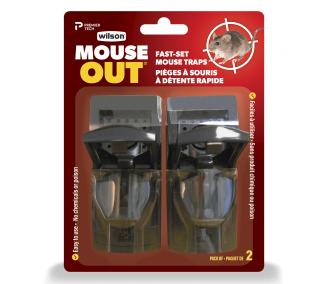
MOUSE OUT
Fast Set Mouse Traps
Easy-to-set, reusable traps that kill mice without the use of chemicals or poison. Dead rodents can be disposed of without touching them.
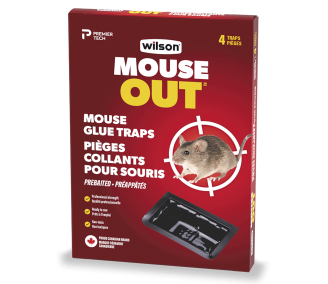
MOUSE OUT
Mouse Glue Traps
Non-poisonous, effective glue traps that catch mice where they run. Traps are prebaited with a fragrance and therefore no additional bait is necessary.
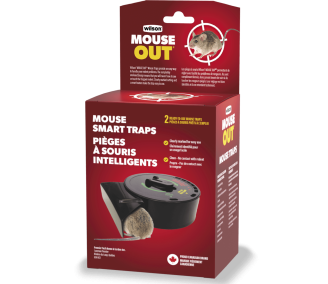
MOUSE OUT
Mouse Traps (Smart trap)
Learn more about the smart mouse trap from Wilson Control with a design that shows you when a mouse is caught. The traps are silent and can be set anywhere.
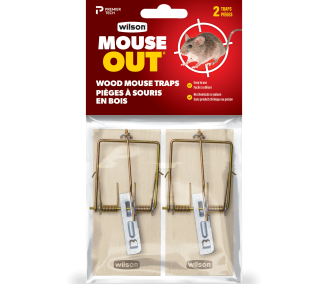
MOUSE OUT
Wood Mouse Traps
Top-quality hardwood traps that effectively control mice indoors without the use of poison or chemicals. Easy to use.
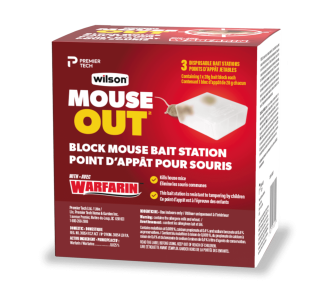
MOUSE OUT
Warfarin Block Mouse Bait Station
Purchase warfarin-block-mouse-bait today to keep rodent population under control. Comes in child-resistant bait station. Safe when used.
